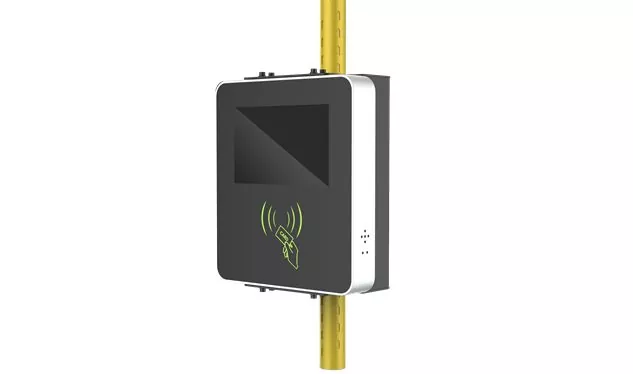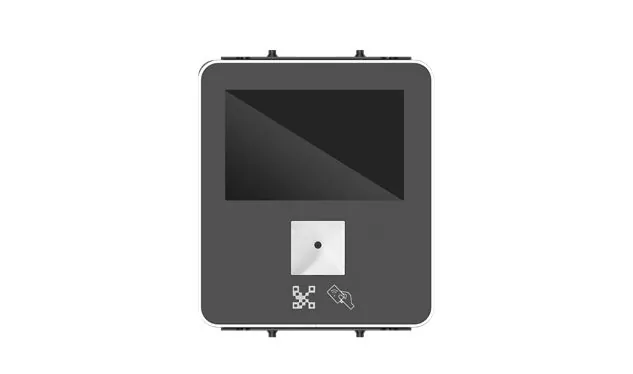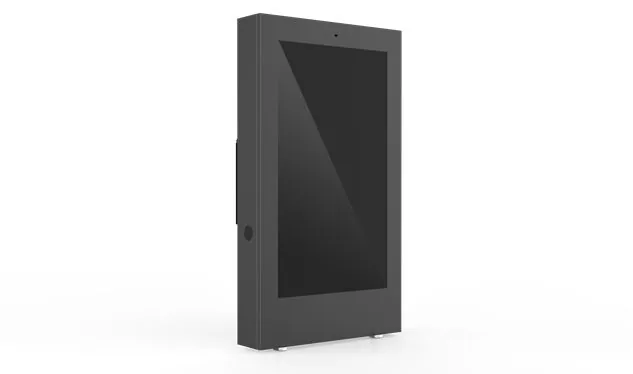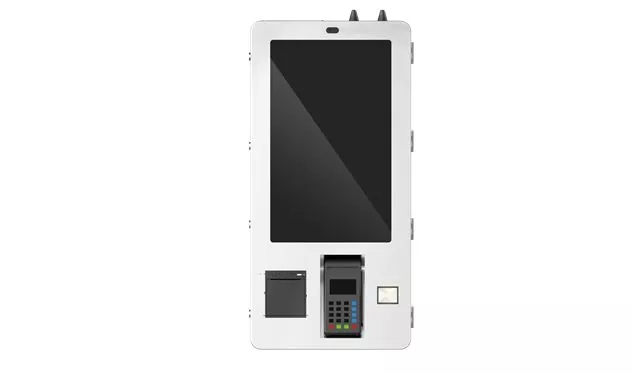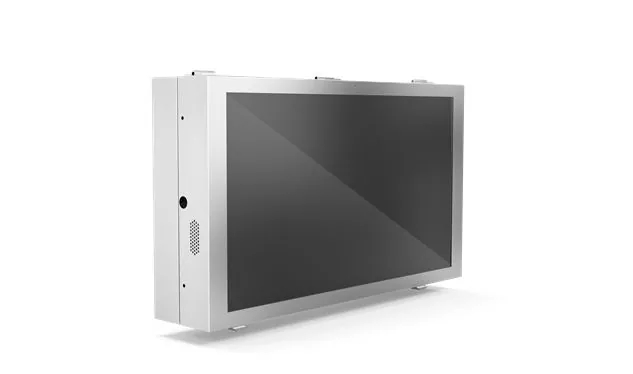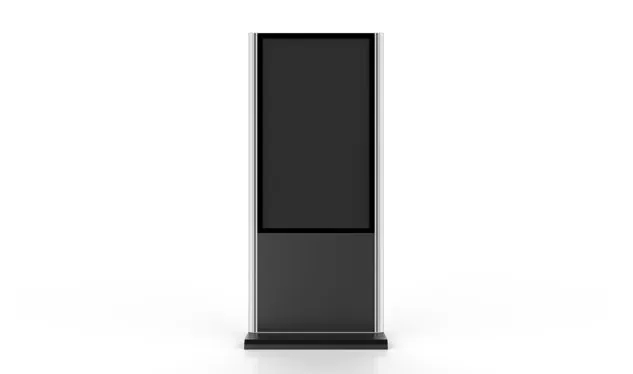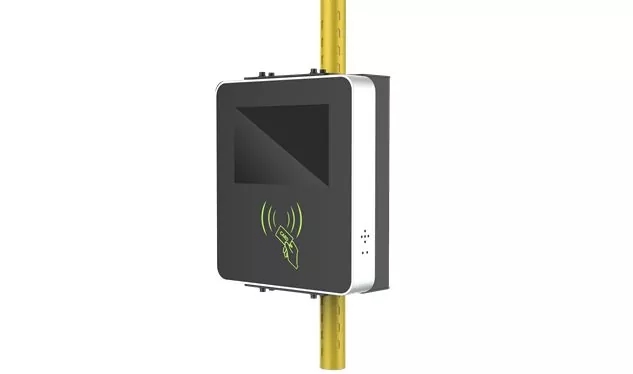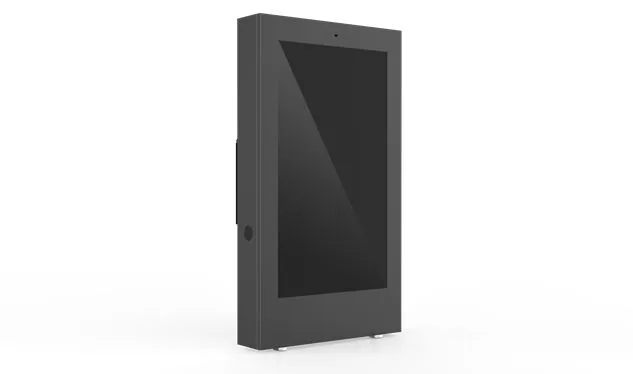Payment Touchscreen Terminal
A payment touchscreen terminal is an electronic device designed for processing financial transactions via touch screen interface. It allows merchants to accept various forms of payments, including credit/debit cards, mobile payments, and contactless payments, in a user-friendly and efficient manner.
Send Inquiry
Key Features and Benefits:
1. Touchscreen Interface: Provides a user-friendly, interactive display that simplifies the payment process for both the merchant and the customer. The touchscreen can display payment options, transaction details, and prompts for user input.
2. Multiple Payment Methods: Supports various payment methods such as magnetic stripe cards, chip cards (EMV), contactless payments (NFC), and mobile wallet payments (e.g., Apple Pay, Google Pay). Some terminals also accept QR code payments.
3. Secure Transactions: Equipped with encryption and security protocols to ensure that payment information is processed securely. Compliance with Payment Card Industry Data Security Standards (PCI DSS) is typically required to protect sensitive customer data.
4. Integrated Receipt Printing: Many payment touchscreen terminals include built-in receipt printers for providing physical proof of transactions. Some also offer digital receipt options sent via email or SMS.
5. Connectivity Options: Includes various connectivity options such as Wi-Fi, Bluetooth, Ethernet, and cellular networks to ensure reliable communication with payment processors and financial institutions.
6. Customizable Interface: The touchscreen interface can often be customized to display the merchant’s branding, promotional messages, and specific transaction options, enhancing the customer experience.
7. Real-Time Processing: Facilitates real-time transaction processing, providing immediate feedback on the status of payments and ensuring quick and efficient service.
8. Additional Features: Some models may include additional features such as inventory management, customer loyalty programs, and analytics tools to help merchants manage their business operations.
Common Uses:
1. Retail Environments: Used in stores, supermarkets, and boutiques to process sales transactions quickly and efficiently.
2. Hospitality Industry: Utilized in restaurants, cafes, and hotels for point-of-sale (POS) transactions, including order taking and payment processing.
3. Transportation: Found in ticketing kiosks and payment stations for public transportation systems, allowing for easy fare collection and ticket issuance.



